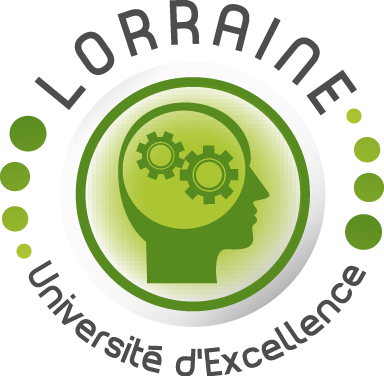Structural and Synthetic Biology, Enzymology, and Applications of Megaenzymes
Managers: Kira WEISSMAN and Arnaud GRUEZ
The S2BEAM team’s research concerns the mega-enzyme polyketide synthases and their hybrids with nonribosomal peptide synthetases, which are responsible for the biosynthesis of high-value specialized metabolites in bacteria and fungi. Our principal objective is to establish detailed structure-function relationships for these enzymes and associated proteins. The longer term goals are not only to understand fundamental biological processes, but to enable genetic engineering of the systems to generate derivatives for diverse biomedical and biotechnological applications. Our multi-disciplinary approach allies integrative structural biology and synthetic biology.
Research topics
Structure-fonction relationship and genetic engineering
The overall objective is to understand the molecular basis of structure–function relationships in PKS (Polyketide Synthases) and NRPS (Non-Ribosomal Peptide Synthetases), as well as the enzymes associated with these mega-enzymatic systems. This knowledge provides a more strategic framework for future synthetic biology efforts aimed at the rational design of new secondary metabolites of interest.
Building on our complementary expertise, Prof. K.J. Weissman and A. Gruez (biochemistry and structural biology, with particular expertise in X-ray crystallography and small-angle X-ray scattering (SAXS)), B. Chagot (biochemistry and structural biology, with particular expertise in NMR), C. Jacob (molecular biology and microbiology, genetic engineering), D. Mias-Lucquin et L. Pauron (molecular modeling and dynamics, structural bioinformatics) and S. Collin (molecular biology, protein production and purification), we have developed a powerful multidisciplinary approach to study the complex mechanisms of metabolite biosynthesis (e.g., antibiotics) by PKS and NRPS systems. This knowledge paves the way for the custom engineering of metabolic pathways, for example by modifying bacterial genomes using CRISPR–Cas9 technology.
Our work in this field is further strengthened and expanded through numerous local, national, and international collaborations.
Team members
Last publications
Funding











